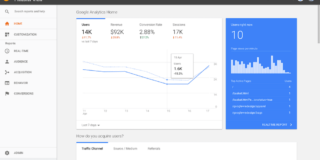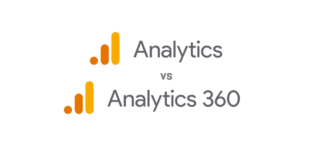12 Best Google Analytics Custom Reports to Help You Grow Faster

“Statistics are like bikinis. What they reveal is suggestive, but what they conceal is vital,” said Aaron Levenstein, a former professor of business administration at Baruch College. [Tweet it!]
The same is true of your data in Google Analytics. Most of what you spend your time looking at (and re-looking at) is merely suggestive.








